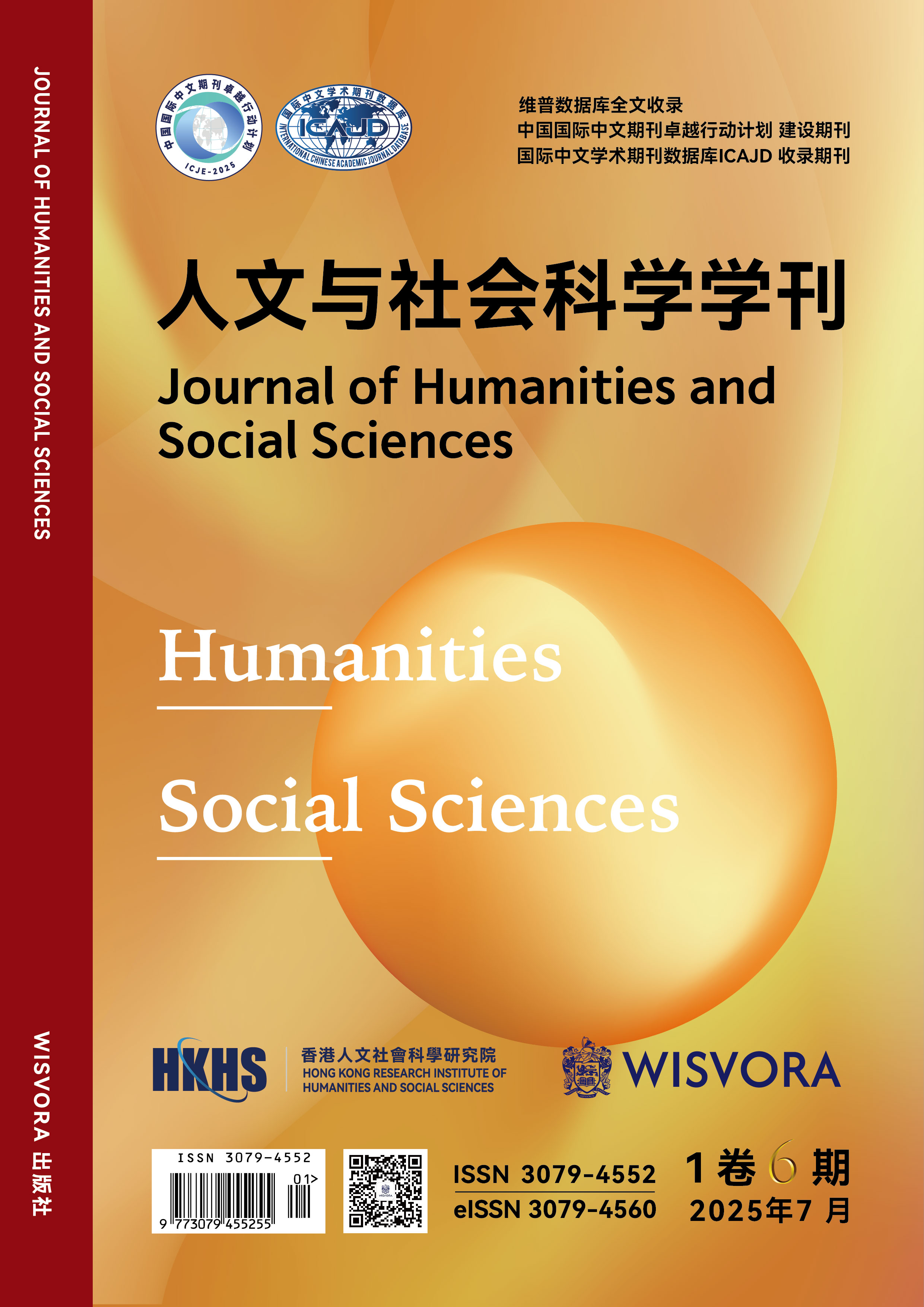当代社会对活着的人的道德义务边界研究: 基于代际正义的视角
DOI:
https://doi.org/10.70693/rwsk.v1i6.1094Keywords:
时间加权道德决策矩阵(TEDM), 跨代道德责任, 动态加权优化, 分层时间转换器, 道德梯度下降Abstract
我们创新构建了时间加权道德决策矩阵(TEDM),该模型融合功利主义、道义论及美德伦理学精髓,采用动态整合策略量化跨代道德责任,旨在提供一种全面考量不同伦理理论优势的决策支持工具。 过去,伦理分析中的各种原则常被认为存在冲突,但TEDM创新性地采用动态加权的多目标优化框架,实现对这些原则的综合考量,模型会依据时间变化灵活调整各原则的重要性权重。 此架构围绕三大维度测评福祉效应、权责限制及道德属性,随后运用具备自适应权重计算功能的时间聚合层整合上述考量。 该方法通过构建分层时间转换器来模拟不同时间尺度上的道德判断过程,采用道德梯度下降策略,旨在依据未来可能的道德情境对当前决策进行优化,从而实现更加前瞻性和负责任的决策制定。 核心革新如动态权重重新分配、反事实道德仿真以及世代公平证明,这些措施协同作用,旨在对跨代司法难题中涉及的量化妥协进行有效管理与评估。 所研发的策略整合了时间维度与道德上的不确定因素,旨在超越传统静态道德体系的限制,为政策评估与选择过程提供了既具原则性又具备灵活性的指导工具。 将人工智能融入传统的成本效益分析框架中,展现出了实践层面的有效性,同时确保了理论上的坚实基础和逻辑的严密性。
References
Tremmel, J. C. (2009). The theory of intergenerational justice. Taylor & Francis.
Thompson, J. (2017). The ethics of intergenerational relations. Canadian Journal of Philosophy, 47(3), 345–368.
Heath, J. (2010). Intergenerational justice. JSTOR.
Page, E. (1999). Intergenerational justice and climate change. Political Studies, 47(2), 331–348.
Hinman, L. M. (2008). Ethics: A pluralistic approach to moral theory. Kargadan Publishing.
Barton, E. (2007). Placing end-of-life decisions within a hybrid ethical framework. De Gruyter.
Schelling, T. C. (1995). Intergenerational discounting. Energy Policy, 23(6), 513–523.
Sumaila, U. R. (2004). Intergenerational cost-benefit analysis and marine ecosystem restoration. Fish and Fisheries, 5(4), 275–290.
Martinho, A., Poulsen, A., Kroesen, M., & Chorus, C. (2021). Perspectives on artificial moral agents. Artificial Intelligence and Ethics, 1(1), 1–15.
Bächtiger, A., Dryzek, J. S., Mansbridge, J., et al. (2018). Deliberative democracy. In The Oxford handbook of deliberative democracy (pp. 15–36). Oxford University Press.
Downloads
Published
How to Cite
Issue
Section
License
Copyright (c) 2025 张紫轩, 李泽同, 姚铮

This work is licensed under a Creative Commons Attribution 4.0 International License.



















 人文与社会科学学刊© 2025 已获得
人文与社会科学学刊© 2025 已获得 

